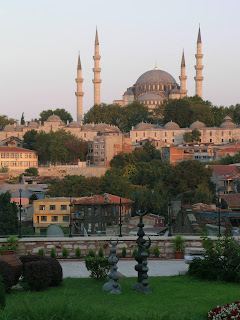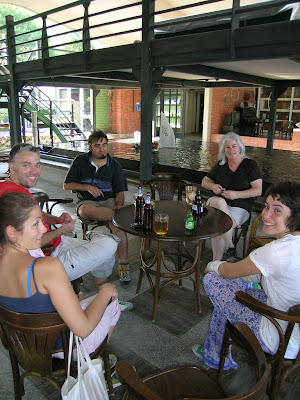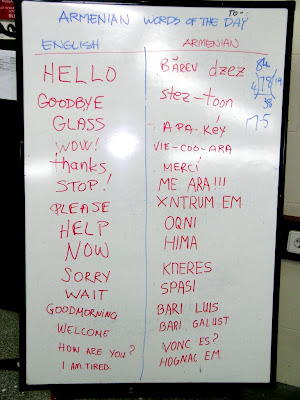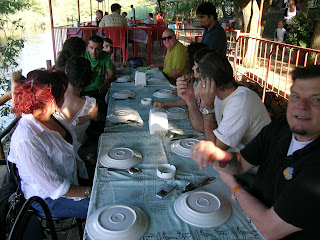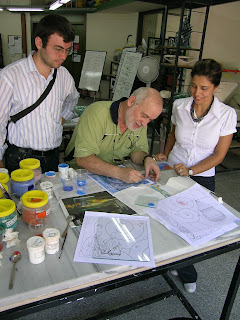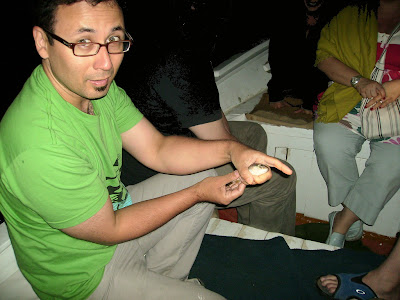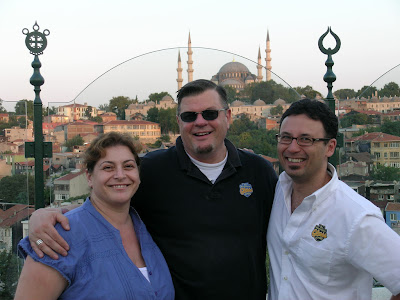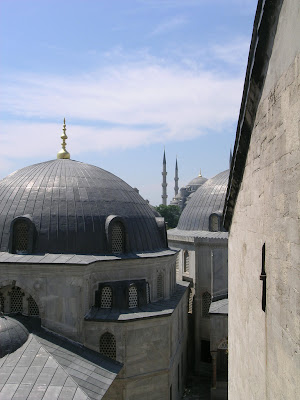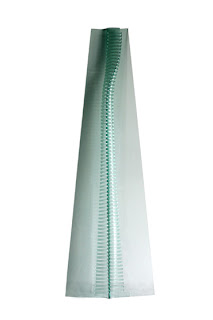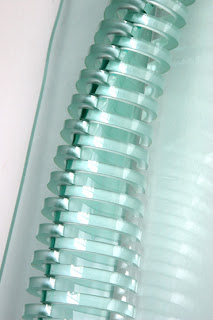>
|
Stephanie Liner, Momentos of a Doomed Construct (installation detail), 2012, plywood, foam, Dacron, cotton, adhesive, live model |
The Smithsonian Renwick Gallery’s Craft Futures: 40 Under 40 exhibit has just opened this week (on exhibit now thru February 3, 2013), and it is a must-see show! Nicholas Bell, the Curator of American Craft organized the exhibition which features forty artists born since 1972 – the year the Smithsonian established the Renwick Gallery. Evolving notions of craft within traditional media such as ceramics and glass, as well as in fields such as industrial design, installation art, fashion design, and mathematics are explored.
| General view of gallery space – Artwork in foreground: Marc Maiorana, Renwick Gate, 2011, iron |
Artwork in the exhibition was created since Sept. 11, 2001 and this new work reflects the changed world that exists today, one which poses new challenges and considerations for artists. Nicholas Bell talked about the work and the selection process at a noon lecture on Friday, July 20, outlining some concepts that included underlying themes that could be seen within the works – including postmodernism, environmental and economic issues, and how the explosion in craft is based on a desire by artisans to try and fix the world via the process of creation. There was also mention of a topic at Nicolas’ talk that I want to investigate more: the ‘sloppy craft movement’ (!) – but that is for a later blog posting.
Some of the standout works seen at the opening nite include:
|
Stephanie Liner, Momentos of a Doomed Construct (installation detail), 2012, plywood, foam, Dacron, cotton, adhesive, live model. |
|
Andy Paiko, Spinning Wheel, 2007, blown glass, cocobolo, steel, brass, leather |
|
Great to see Matt Szösz and his inflated fused glass. Matt was recently awarded the Louis Comfort Tiffany Foundation Grant. |
|
Korean born Bohyun Yoondescribes his work titled “Glass Tube”. |
 |
| Opening nights are about networking. Above left image in center: Chris Rifkin, Fuller Craft Museum’s board chairman and Right rear image: Perry Price, Director of Education at American Craft Council.
|
|
Cristina Córdova, Dulce, 2011, ceramic, paper |
 |
| Mia Pearlman’s paper works dominate one of the gallery spaces with massive installations and a video. |
|
Olek, Knitting is for Pussies,2005-2011, mixed media, 100% acrylic yarn, live models |
 |
| Detail from Olek’s ‘Knitting is For Pussies’ installation and of ‘yarn-bombed’ tricycle parked in front of Renwick Museum on Opening Nite. |
| The opening night gala was a spectacular event – very much with a retro art-happening vibe. |
The fun, audacity, interesting & provoking attitudes of the show make it a winner and it should be added to one’s list of gallery/museum to-do lists for Washington, DC this year. Click HERE to jump to the Smithsonian Renwick Gallery website.
